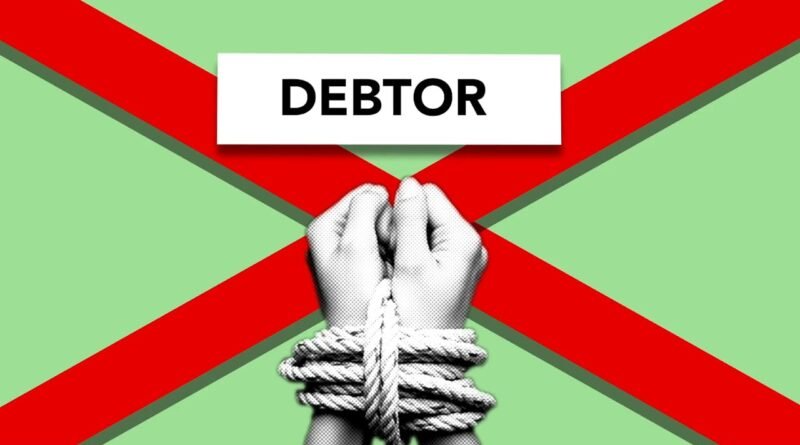Tax Debt: What You Need to Know to Get Back on Track
Navigating the complexities of tax debt can be overwhelming, but it’s a challenge that many individuals face. Understanding the intricacies of this financial burden is the first step toward resolution. Fortunately, there are strategies and programs designed to help taxpayers regain control. Whether it’s negotiating payment plans or exploring relief options, taking action is crucial.
Learn some practical steps to get back on track.
Understanding Tax Debt: The Basics
Tax debt arises when an individual or business fails to pay taxes owed by the deadline. It can stem from various sources, such as income tax, property tax, or sales tax. When taxes go unpaid, interest and penalties start to accumulate, increasing the total amount due.
Ignoring tax debt can lead to serious consequences, including liens, levies, and legal action. Thankfully, the IRS offers various options for addressing tax debt, including installment plans and compromise agreements. It’s crucial to understand your rights and responsibilities when dealing with tax debt. Early intervention and seeking professional advice can prevent the situation from escalating and help you find a manageable resolution.
Strategies for Managing and Reducing Tax Debt
Exploring Professional Assistance for Tax Challenges
Taxpayers facing complex tax issues may benefit from professional assistance. Tax relief services can provide expertise in navigating the IRS’s procedures and negotiating with tax authorities on behalf of clients. These services can help taxpayers understand their options and develop a strategy to resolve their tax debt. By working with tax professionals, individuals and businesses can potentially reduce the amount owed and avoid harsh penalties. However, it’s essential to choose a reputable tax relief service with a proven track record of success. Researching and comparing different services can help taxpayers find the right fit for their needs.
Navigating Tax Relief Programs
Tax relief programs are available to assist taxpayers facing financial difficulties. The IRS offers various programs to help taxpayers struggling to meet their tax obligations. To qualify for these programs, taxpayers must meet specific criteria, including financial hardship. Additionally, taxpayers may be eligible for penalty abatement, which reduces or eliminates penalties for late payment or nonpayment of taxes. Understanding the eligibility requirements and options for tax relief programs is crucial for those facing tax debt. Seeking the advice of a tax professional, as mentioned above, can help taxpayers navigate these programs and determine the best course of action.
Taking the Next Steps to Financial Freedom
After exploring tax relief options, it’s time to take concrete steps toward financial freedom. Start by creating a budget to manage your finances effectively. Identify areas where you can cut expenses and allocate more towards paying off your tax debt. Consider increasing your income through side gigs or freelance work to accelerate debt repayment. Communicate regularly with the IRS or a tax professional to stay on track with your payment plan. Finally, educate yourself about taxes and personal finance to make informed decisions in the future.
Conclusion: Moving Forward and Regaining Financial Stability
Regaining financial stability after tax debt is a journey that requires patience and persistence. By understanding your options and taking proactive steps, you can navigate this challenge successfully. Professional assistance can offer valuable guidance, ensuring you make informed decisions. Remember, facing tax debt head-on is the key to moving forward. With the right approach, you can turn a daunting situation into an opportunity for financial recovery.




